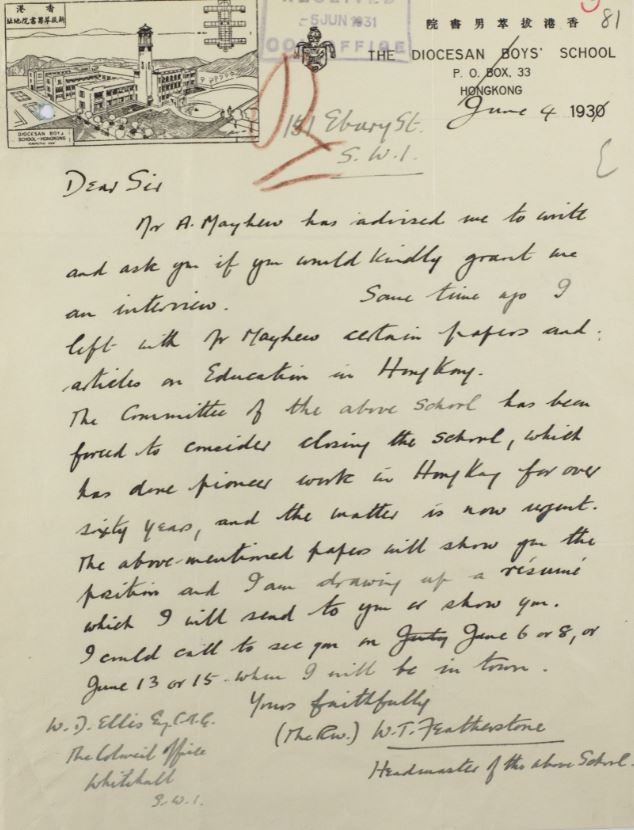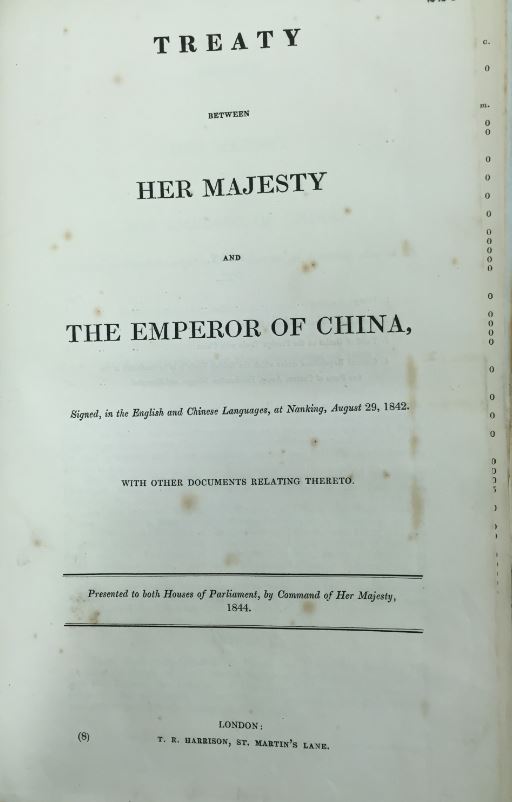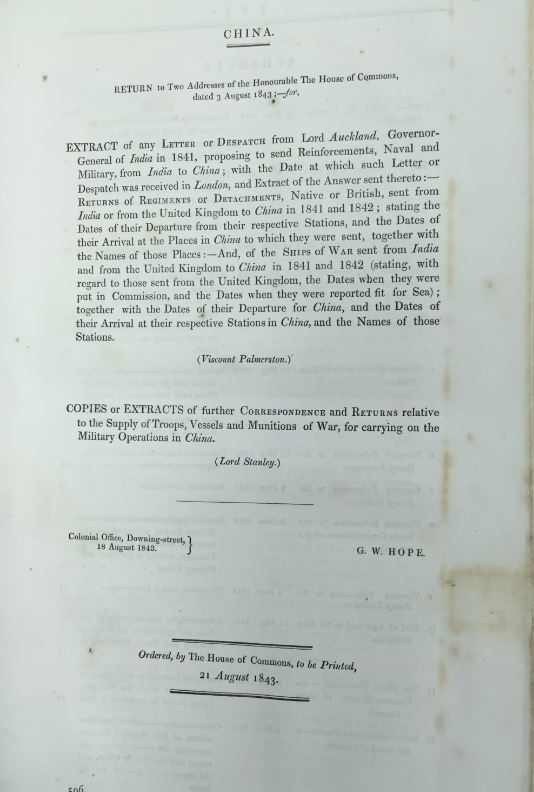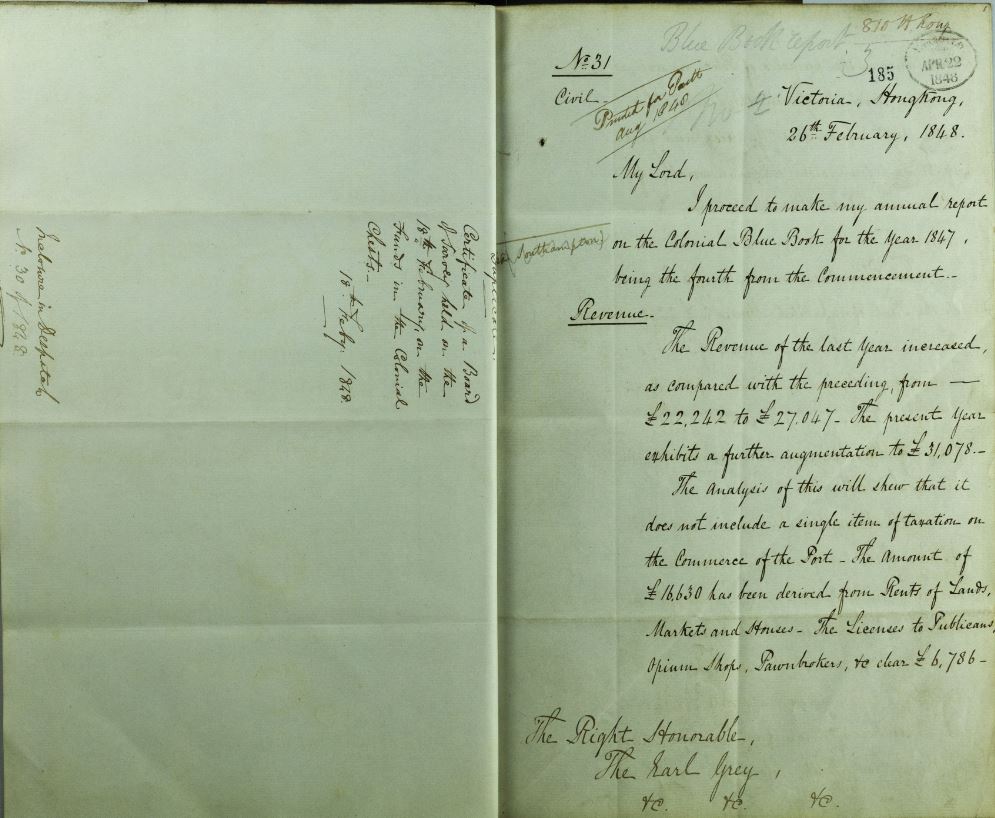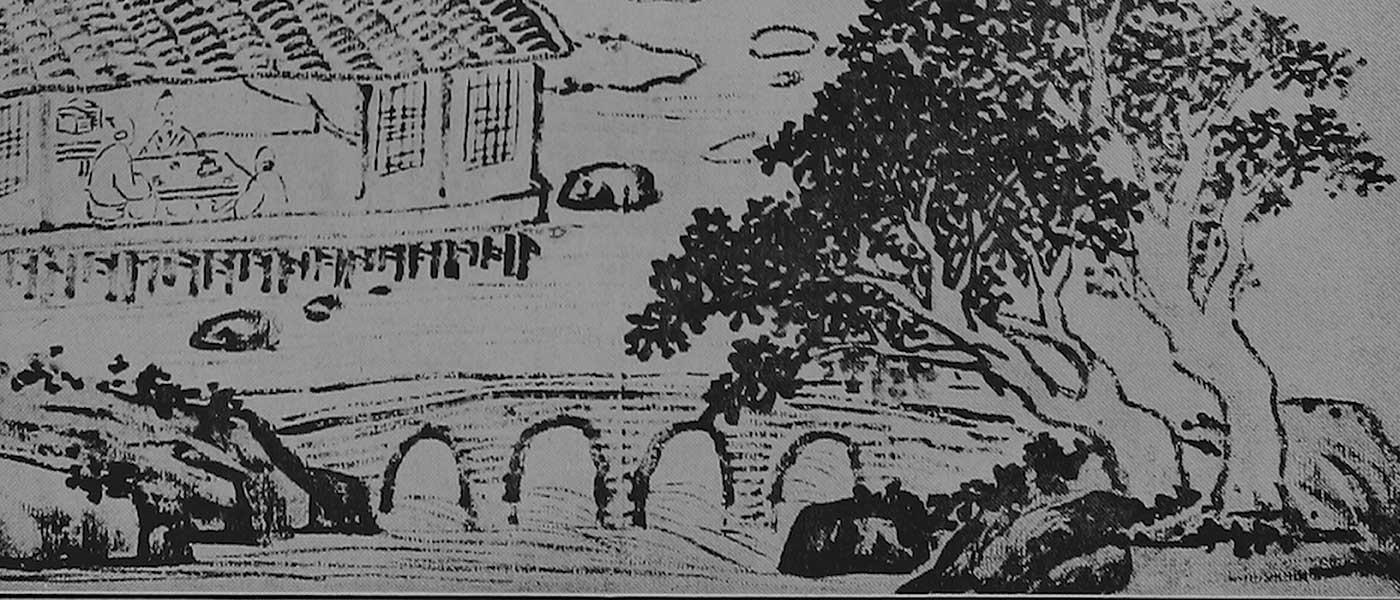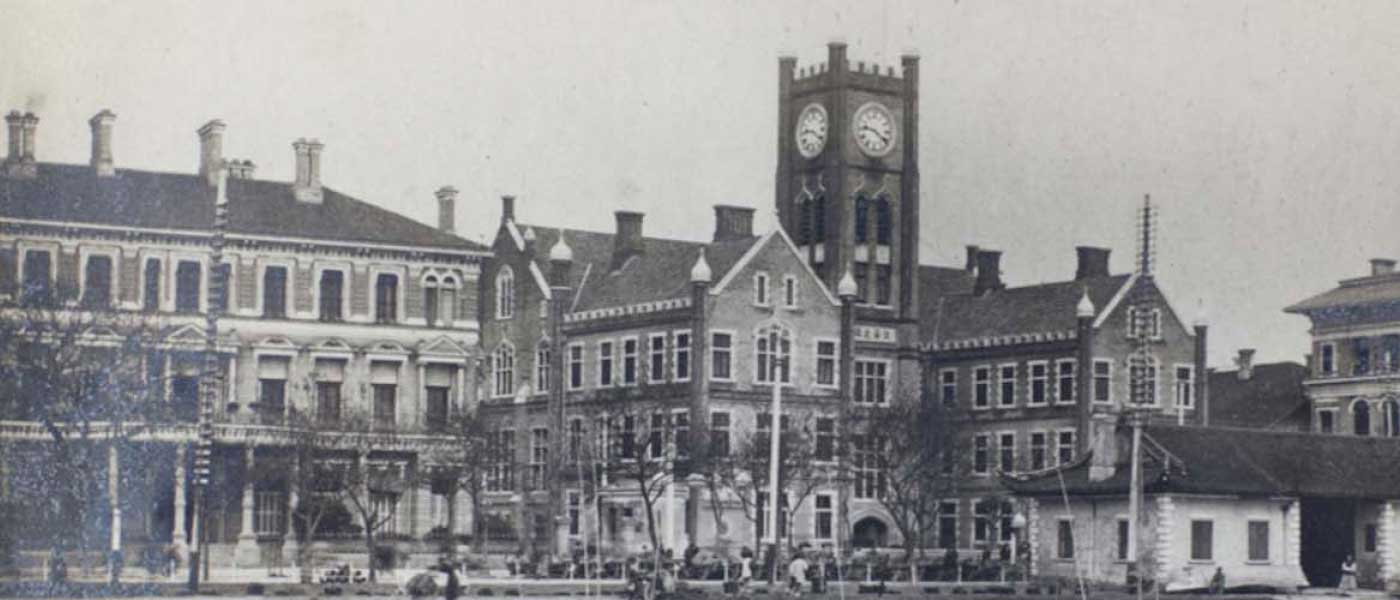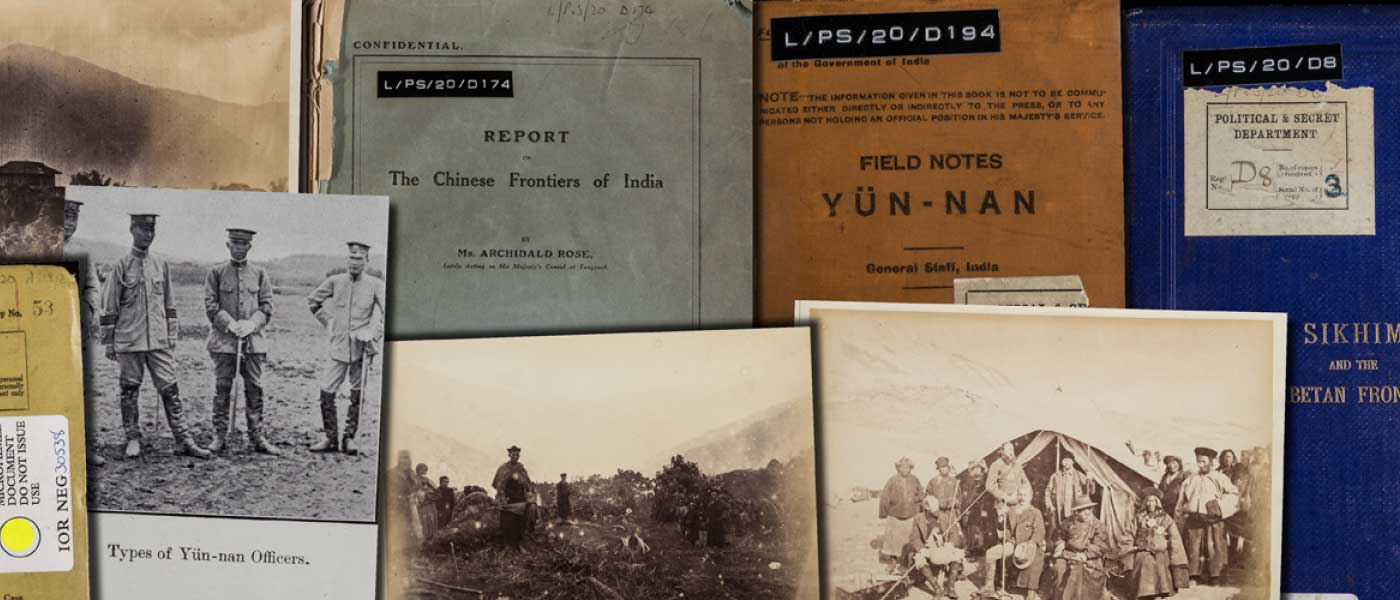An essential primary source archive for researching the history of Hong Kong in the context of Modern China and the British Empire in Asia.
This collection of British Colonial office correspondence relates to Hong Kong as a British colony between 1841 and 1951, and provides detailed information on the political, military, social, economic, and external development of Hong Kong. It also sheds light on the British Empire in Asia, China’s transformation from empire to republic, mainland China-Hong Kong relations, and the international politics of East Asia.
The hand-written material included in the collection will have Handwritten Text Recognition (HTR) applied, making it one of the first Gale Primary Sources archives to do so from scratch. HTR allows handwritten documents to be full-text searchable, just as Optical Character Recognition (OCR) allows printed books, newspapers, and other works to be searched. This enables unexpected discoveries not possible from traditional finding aids. This technology makes the documents in this collection more accessible to those without palaeography skills and enables powerful inclusion in digital humanities/ scholarship projects.
Hong Kong became a British colony in 1841 and it was formally ceded by China in 1842 in accordance with the Treaty of Nanking signed between the British and Qing Chinese Imperial governments after the first Opium War. From 1941 to 1945 Hong Kong was occupied by Japan. In July 1997 Hong Kong was returned to China and became a special administrative region under the direct authority of the Chinese central government.
This collection is digitized from the CO 129 series in the British Colonial Office records, titled “War and Colonial Department and Colonial Office: Hong Kong, Original Correspondence.” Specifically, these Colonial Office records comprise despatches and correspondence between the governors of Hong Kong and the Colonial Office, as well as letters and telegrams of other government departments and organizations such as the Foreign Office, Home Office, and War Offices. The collection provides a valuable primary source for researching colonial Hong Kong between 1841 and 1951, with detailed information on the political, military, social, economic, and external development of Hong Kong. It also sheds light on the British Empire, China’s transformation from empire to republic, mainland China-Hong Kong relations, and the international politics of East Asia.


